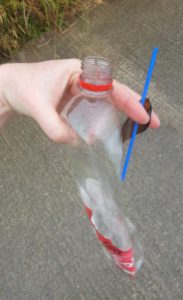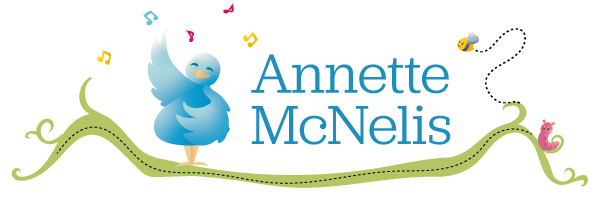What on earth is plogging?
 We first heard the word “plogging” only a few months ago. The concept originated in Sweden in 2016 and spread to other countries in 2018. It comes from the Swedish words “plocka” to pick or scoop combined with the word jogging. It means a combination of jogging and picking up litter i.e. if you spot some litter on your run, you take it home or put it in a bin. The idea has gained traction further afield due to increased awareness of littering and marine pollution.
We first heard the word “plogging” only a few months ago. The concept originated in Sweden in 2016 and spread to other countries in 2018. It comes from the Swedish words “plocka” to pick or scoop combined with the word jogging. It means a combination of jogging and picking up litter i.e. if you spot some litter on your run, you take it home or put it in a bin. The idea has gained traction further afield due to increased awareness of littering and marine pollution.
Social media
There are now more than 33 thousand photos tagged with the word “plogging” on Instagram. 2018 has seen plogging take off as both an environmental and fitness trend. The water sports community has long been associated with beach cleans and now runners are getting in on the action. Bending and squatting adds an extra element to your workout so it’s a win-win for those who care about their health and the environment.
Fitness blogger and recipe creator Rozanna Purcell is one of the Irish influencers promoting plogging and literally walking the walk. She regularly organises meet-up hikes and encourages participants to bring a bag to collect any rubbish they see along the way. With her 233k followers she’s not only making a difference on a personal level but also spreading the word to a huge audience.
The Keep America Beautiful campaign promotes plogging and events and groups have starting popping up worldwide. Go Plogging organises meet-ups in different countries, including the UK and the US. https://www.goplogging.org/home
Plogging tips
 One understandable concern some have about plogging is that litter that has been on the ground can be dirty and unhygienic. Some plogging promoters recommend using gloves (reusable, of course, not disposable!) but this might not be practical for everyone. Another option is to bring a small bag and use that to pick up items. One fantastic tip we love it to bring a clothes peg. This means you can easily grab items without having to touch them.
One understandable concern some have about plogging is that litter that has been on the ground can be dirty and unhygienic. Some plogging promoters recommend using gloves (reusable, of course, not disposable!) but this might not be practical for everyone. Another option is to bring a small bag and use that to pick up items. One fantastic tip we love it to bring a clothes peg. This means you can easily grab items without having to touch them.
Be very careful with sharp objects like glass. They are some of the most dangerous types of litter, especially on beaches, so be careful not to cut yourself.
Try to recycle what you can. A lot of litter like plastic bottles is recyclable so take it home and add it to your recycling bin.
And finally, spread the word! Tell friends, share photos with the hashtag #plogging and suggest plogging next time you meet a friend for a walk. As it becomes more mainstream, we hope that not only will litter be reduced, more people might consider not littering in the first place. Have you tried plogging? We’d love to hear if you did!
